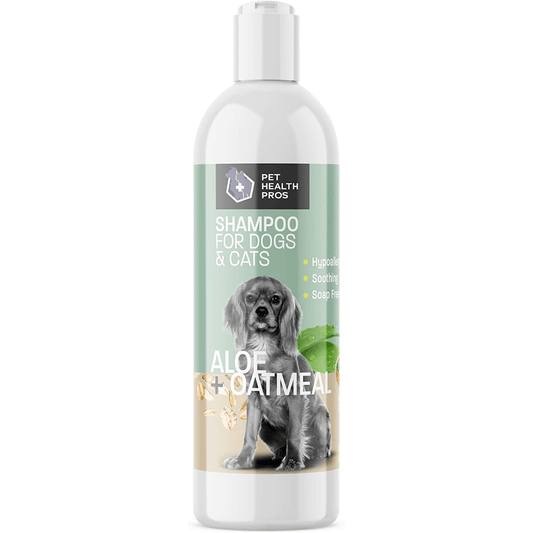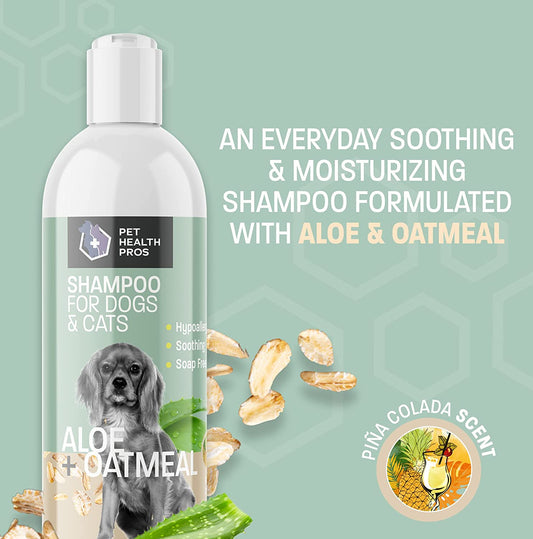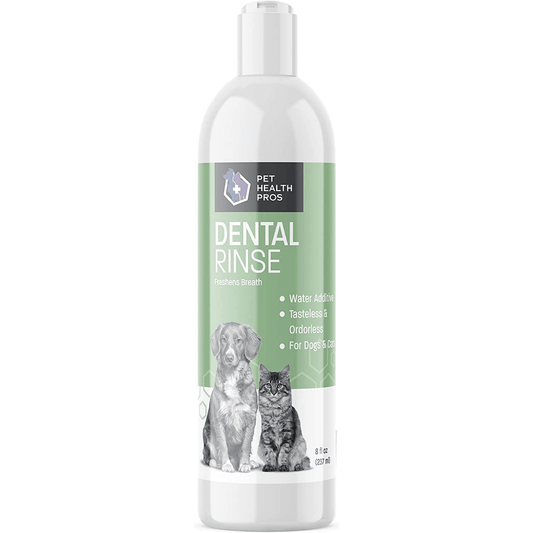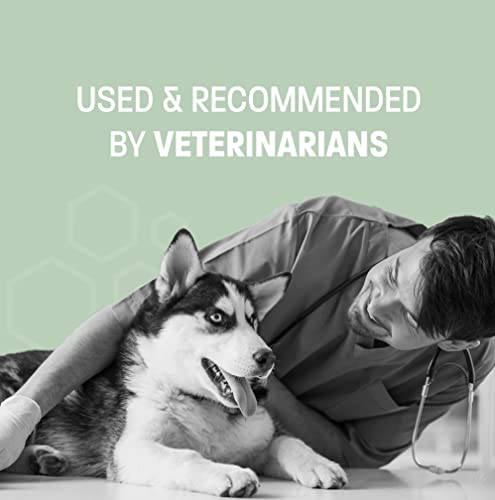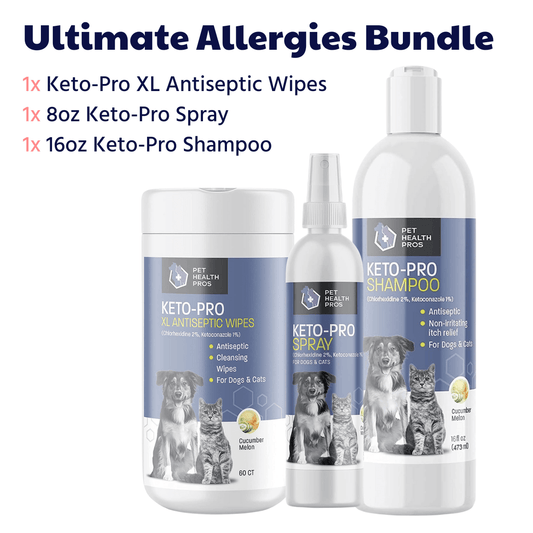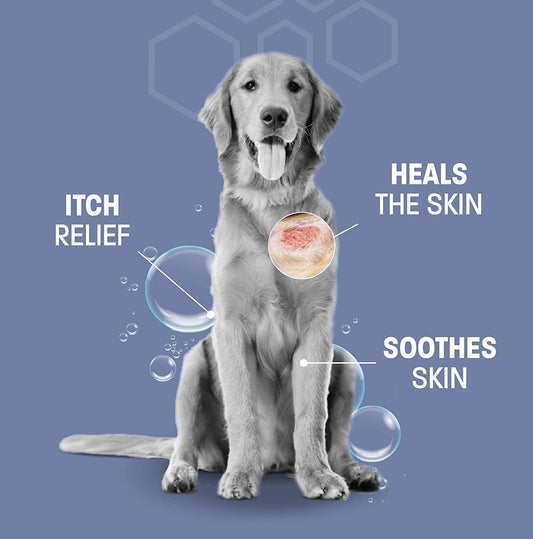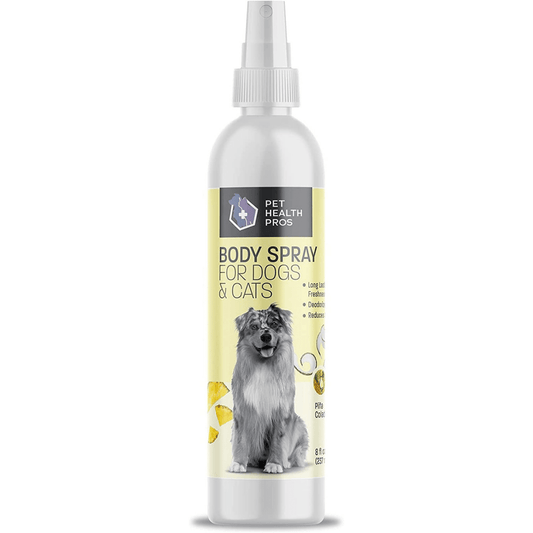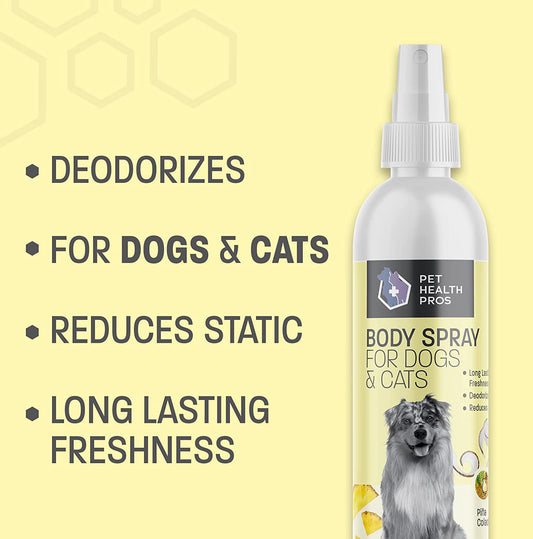Creating an effective anti chew spray for dogs DIY can help protect your belongings while keeping your furry friend safe. This guide will walk you through understanding dog chewing habits, the ingredients you'll need, and how to make and use your own spray. With a little effort, you can create a solution that works and helps train your dog to chew on appropriate items instead of your furniture or shoes.
Key Takeaways
- Understand why dogs chew to address the root cause.
- Choose safe and natural ingredients for your spray.
- Follow a simple step-by-step guide to make the spray.
- Apply the spray correctly and watch your dog's response.
- Combine the spray with training techniques for better results.
Understanding Why Dogs Chew
Dogs chew for various reasons, and understanding these can help pet owners manage their behavior effectively. Chewing is a natural instinct for dogs, and it can serve multiple purposes. Here are some common reasons why dogs engage in chewing:
Common Reasons for Chewing
- Teething: Puppies often chew to relieve discomfort during teething.
- Boredom: Dogs may chew when they are bored or lack stimulation.
- Anxiety: Some dogs chew as a way to cope with stress or separation anxiety.
Behavioral Insights into Chewing
Chewing can also be a way for dogs to explore their environment. They use their mouths to learn about objects, much like how humans use their hands. Additionally, chewing can be a form of play, especially with toys designed for this purpose.
When Chewing Becomes a Problem
While chewing is normal, it can become a problem when dogs chew on inappropriate items, such as furniture or shoes. This destructive behavior can lead to damage and safety hazards. It’s important for pet owners to recognize when chewing is excessive and to take action.
Understanding your dog's chewing habits is crucial for effective training and behavior management. By identifying the reasons behind their chewing, you can better address the issue and create a more harmonious environment.
In summary, recognizing the reasons behind your dog's chewing behavior can help you find effective solutions. Whether it's providing appropriate chew toys or addressing anxiety, understanding is the first step to managing this natural behavior.
Highlight: Anti-chew sprays can be effective tools to deter destructive chewing by using a bitter taste, but they should be used alongside proper training and supervision.
Essential Ingredients for Anti Chew Spray
Creating an effective anti chew spray for dogs involves selecting the right ingredients. Here are some essential components to consider:
Natural Ingredients to Consider
- Apple Cider Vinegar: Known for its strong scent, it can deter dogs from chewing on furniture.
- Citrus Juice: Dogs generally dislike the smell of citrus, making lemon or orange juice a good choice.
- Bitter Apple Spray: This is a popular option that many dogs find unappealing.
Safety Precautions with Essential Oils
When using essential oils, it’s crucial to ensure they are safe for pets. Some oils can be harmful. Here are a few to avoid:
- Tea Tree Oil: Toxic to dogs.
- Pine Oil: Can cause skin irritation.
- Cinnamon Oil: May lead to digestive issues.
Where to Source Ingredients
You can find these ingredients at:
- Local grocery stores
- Health food stores
- Online retailers
Remember: Always consult with a veterinarian before introducing new substances to your dog's environment. This ensures their safety and well-being.
By using these ingredients wisely, you can create a safe and effective anti chew spray that helps protect your belongings while keeping your dog happy.
Step-by-Step Guide to Making Anti Chew Spray
Gathering Your Materials
To create your own anti chew spray, you will need to gather a few essential materials. Here’s a list of what you’ll need:
- Spray bottle (preferably glass or high-quality plastic)
- Water
- Vinegar or citrus juice
- Optional: Essential oils like lemon or peppermint (ensure they are safe for dogs)
Mixing the Ingredients
Once you have your materials ready, it’s time to mix them. Follow these steps:
- Start by filling the spray bottle halfway with water.
- Add an equal amount of vinegar or citrus juice to the bottle.
- If using essential oils, add about 10-15 drops to the mixture.
- Shake the bottle well to combine all the ingredients thoroughly.
Make sure to test the spray on a small area first to ensure it doesn’t damage the surface.
Proper Storage Techniques
Storing your anti chew spray correctly is important for maintaining its effectiveness. Here are some tips:
- Keep the spray in a cool, dark place to prevent degradation of the ingredients.
- Label the bottle clearly to avoid confusion.
- Shake well before each use to ensure the ingredients are mixed properly.
Remember, consistency is key! Regular application will help reinforce the behavior you want to encourage in your dog.
Applying the Anti Chew Spray Effectively
Using an anti chew spray correctly is crucial for its success. Here are some key points to consider:
Testing the Spray on Different Surfaces
- Always test the spray on a small, hidden area first to ensure it doesn’t damage the surface.
- Different materials may react differently, so check for any discoloration or damage.
- If the spray is safe, apply it to the areas your dog tends to chew.
Frequency of Application
- Reapply the spray regularly, especially after cleaning the area or if it rains.
- A good rule of thumb is to apply it every few days until your dog learns not to chew.
- Monitor the effectiveness and adjust the frequency as needed.
Monitoring Your Dog's Reaction
- Keep an eye on how your dog responds to the spray. If they seem to avoid the area, it’s working!
- If your dog shows signs of distress or allergic reactions, stop using the spray immediately.
- Consider combining the spray with training techniques to address the root causes of chewing, such as boredom or anxiety.
Using an anti chew spray is just one part of the solution. It’s important to combine it with behavioral training for the best results. This holistic approach helps create a safe environment for your pet and encourages positive behavior changes.
Training Techniques to Complement the Spray
Positive Reinforcement Strategies
Using positive reinforcement is a great way to encourage good behavior in your dog. This means rewarding your dog when they chew on appropriate items instead of your furniture or shoes. Here are some effective strategies:
- Use treats: Give your dog a small treat when they choose their toys over other items.
- Praise them: Verbal praise can go a long way. Let your dog know they did a good job!
- Playtime: Engage your dog in play with their favorite toys as a reward.
Redirecting Chewing Behavior
Sometimes, dogs chew out of boredom or stress. To help redirect this behavior, consider the following:
- Provide chew toys: Make sure your dog has plenty of safe chew toys available.
- Engage in activities: Spend time playing with your dog to keep them active and entertained.
- Create a routine: Establish a daily schedule for walks and playtime to reduce boredom.
Consistency in Training
Consistency is key when training your dog. Here are some tips to ensure you stay on track:
- Use the same commands: Always use the same words when telling your dog what to do.
- Be patient: Training takes time, so be patient with your dog as they learn.
- Involve family members: Make sure everyone in your household uses the same training methods.
Remember, training is a journey. It requires time, patience, and love to help your dog learn the right behaviors.
By combining these training techniques with your DIY anti-chew spray, you can create a more effective solution for your dog's chewing habits. This approach not only helps in managing their behavior but also empowers you as a pet owner to take charge of your dog's well-being. With tools like pet genius, you can receive tailored advice and support to enhance your pet care experience.
Troubleshooting Common Issues
When the Spray Doesn't Work
If your anti-chew spray isn't effective, consider the following:
- Check the Ingredients: Ensure you used the right natural ingredients. Some dogs may not respond to certain flavors or scents.
- Reapply Regularly: The spray may wear off, so reapply it frequently, especially after cleaning the area.
- Test Different Surfaces: Some materials may absorb the spray differently, affecting its effectiveness.
Addressing Allergic Reactions
If your dog shows signs of an allergic reaction, such as itching or redness, take these steps:
- Stop Using the Spray: Immediately discontinue use to prevent further irritation.
- Consult Your Vet: Seek professional advice to determine the cause and get treatment.
- Consider Alternative Ingredients: Look for hypoallergenic options that are safer for your dog.
Adjusting the Formula for Better Results
Sometimes, you may need to tweak your spray formula. Here are some tips:
- Increase Concentration: If the spray is too weak, try increasing the amount of apple cider vinegar (ACV) for a stronger scent and taste.
- Experiment with Ratios: Adjust the ratios of your ingredients to find what works best for your dog.
- Add New Ingredients: Consider adding other deterrents that dogs dislike, such as citrus or bitter flavors.
Remember, every dog is different. What works for one may not work for another, so be patient and willing to try new approaches.
Benefits of Using a DIY Anti Chew Spray
Using a DIY anti chew spray can offer several advantages for pet owners. One of the main benefits is cost-effectiveness. Instead of buying expensive commercial products, you can create your own solution at home using simple ingredients. Here are some key benefits:
Cost-Effectiveness of Homemade Solutions
- Saves Money: Making your own spray is often cheaper than store-bought options.
- Customizable: You can adjust the ingredients to suit your dog's needs.
- No Hidden Costs: You know exactly what goes into your spray, avoiding any surprise expenses.
Environmental Benefits of Natural Ingredients
- Eco-Friendly: Many DIY sprays use natural ingredients that are better for the environment.
- Less Packaging Waste: By making your own, you reduce the need for plastic bottles and packaging.
- Safe for Pets and Humans: Natural ingredients are generally safer for your home and family.
Empowering Pet Owners with DIY Solutions
- Increased Knowledge: Creating your own spray helps you understand your dog's behavior better.
- Control Over Ingredients: You can choose what goes into the spray, ensuring it’s safe for your pet.
- Builds a Bond: Engaging in the process can strengthen the relationship between you and your dog.
Making your own anti chew spray not only helps in managing your dog's chewing habits but also promotes a healthier environment for both your pet and your home.
In summary, a DIY anti chew spray is a practical solution that can save you money, benefit the environment, and empower you as a pet owner. By understanding the top reasons why your dog might be chewing, you can create a more effective spray that helps redirect their behavior.
Using a DIY anti-chew spray can be a game changer for pet owners. It helps protect your furniture and belongings from your furry friend's chewing habits. Plus, it's easy to make and safe for your pets. Want to learn how to create your own? Visit our website for a simple guide and more tips!
Conclusion
Creating your own anti-chew spray for dogs can be a fun and useful project. By using simple ingredients, you can help protect your furniture and belongings from your dog's chewing habits. Remember to test the spray on a small area first to make sure it won't damage anything. Always keep an eye on your dog when using the spray, and if they continue to chew on things they shouldn't, consider consulting a vet for more help. With a little effort, you can make a spray that keeps your dog safe and your home intact.
Frequently Asked Questions
What is anti chew spray for dogs?
Anti chew spray is a special liquid that you can spray on things to stop dogs from chewing them. It usually has a taste that dogs don’t like.
Is it safe to make my own anti chew spray?
Yes, making your own anti chew spray can be safe if you use natural ingredients. Just be sure to avoid anything that could harm your dog.
How often should I apply the spray?
You should apply the spray regularly, especially on areas where your dog likes to chew. It’s best to reapply it every few days.
What ingredients can I use for a homemade anti chew spray?
You can use things like vinegar, citrus juice, or bitter apple spray. These ingredients are often safe and can help keep your dog from chewing.
What should I do if my dog has a bad reaction to the spray?
If your dog seems to have a bad reaction, stop using the spray right away. You may want to talk to a vet to make sure your dog is okay.
Can I use anti chew spray on furniture?
Yes, you can use anti chew spray on furniture. Just make sure to test a small area first to ensure it doesn’t damage the surface.


